The Grand Palace, known as “พระบรมมหาราชวัง” in Thai, is a significant historical site in Bangkok, Thailand. It was the official residence of the Kings of Thailand from the 18th century onwards. Constructed in 1782 during the reign of King Rama I, it continues to be used for important ceremonial occasions. Although no longer the royal residence, it remains a symbol of the Thai monarchy and is one of the most popular tourist destinations in Thailand. The complex includes the Temple of the Emerald Buddha (Wat Phra Kaew), considered the most sacred Buddhist temple in Thailand.
Bangkok grand palace
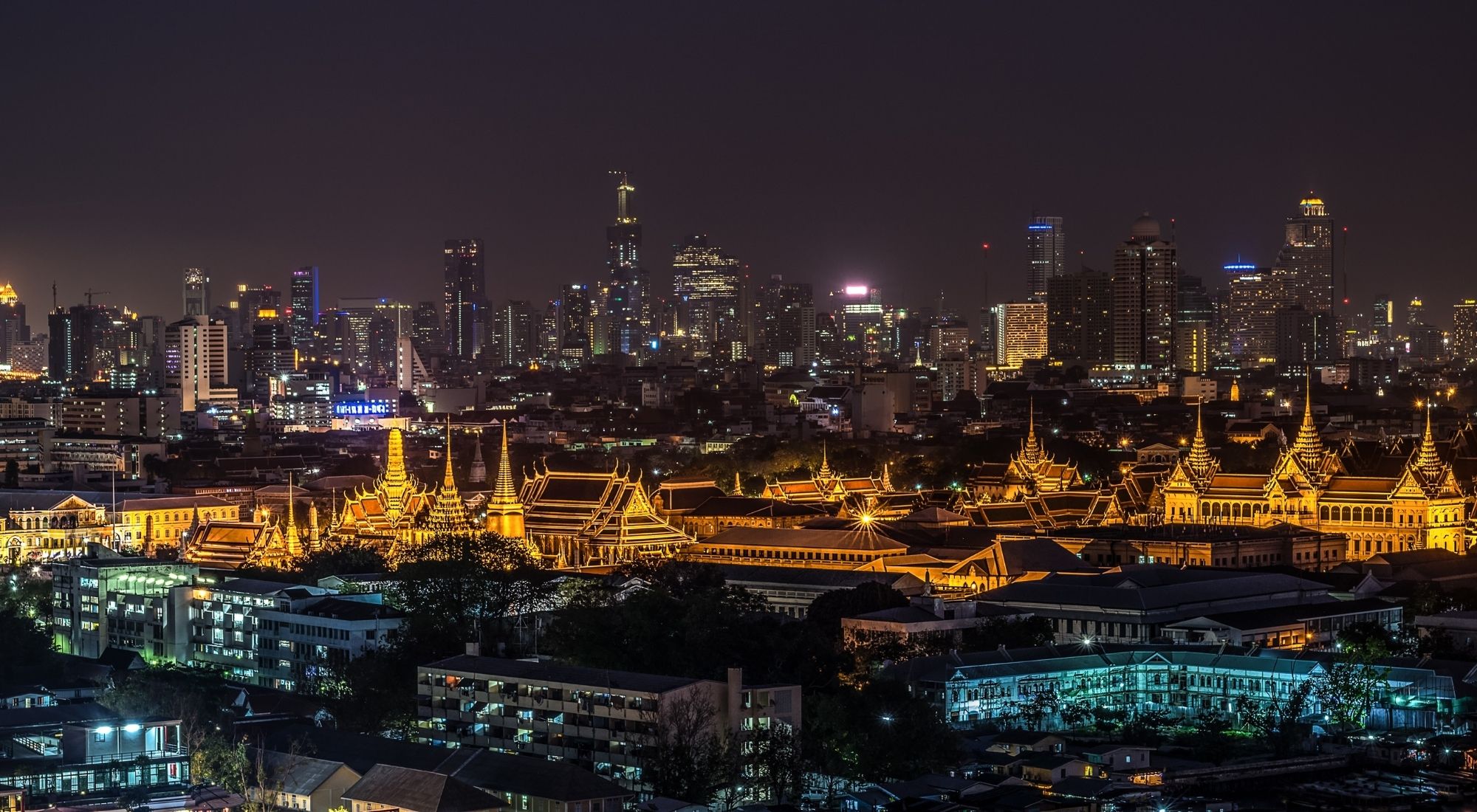
Bangkok Grand Palace Location
The Grand Palace is located in the heart of Bangkok, Thailand, on the banks of the Chao Phraya River. The palace complex is situated on Rattanakosin Island, in the Phra Nakhon District. The area is rich in history, with the palace being a symbol of the Thai monarchy since its construction in 1782 by King Rama I. The palace grounds cover an area of 218,000 square meters, enclosed by walls measuring 19,000 meters. The location was strategically chosen for its defense capabilities and easy access for trade. Today, the palace is a major tourist attraction, drawing millions of visitors each year with its stunning architecture and historical significance. Despite no longer being the royal residence, it continues to be used for official events and ceremonies, preserving its historical importance and cultural value.
Open daily from 08:30 to 16:30 (The last entry is at 15:30)
Entrance fee for adults is 500 baht
How to get to Bangkok grand palace
- Subway: The most recommended option is to take the subway from MRT Sukhumvit to MRT Sanam Chai. The journey takes approximately 20 minutes and tickets cost around $1. The subway operates every 10 minutes. From MRT Sanam Chai, the Grand Palace is within walking distance.
- Night Bus: Another option is to take the night bus from Sukhumvit Soi 12, Robinson to Territorial Defense Command. The journey takes about 30 minutes and tickets also cost around $1. The bus operates every 5 minutes. From the Territorial Defense Command, the Grand Palace is a short walk away.
- Taxi: If you prefer a more direct route, you can take a taxi from Asoke BTS Station to the Grand Palace. The journey takes about 9 minutes and costs between $3 and $4.
History of Bangkok Grand Palace
Founding and Construction
The Grand Palace was built in 1782 when King Rama I founded Bangkok as Siam’s capital city. The location was strategically chosen on the left bank of the Chao Phraya River for its defense capabilities and easy access for trade. The palace grounds currently cover an area of 218,000 square meters, enclosed by crenallated walls measuring 19,000 meters.
Expansion and Improvement
The palace was continuously expanded and improved by subsequent monarchs. Most notable enhancements were made during the reigns of Rama IV and Rama V (King Chulalongkorn). The palace complex is made up of numerous buildings, halls, and pavilions set around open lawns, gardens, and courtyards. Its asymmetry and eclectic styles are due to its organic development, with additions and rebuilding being made by successive reigning kings over 200 years of history.
The Temple of the Emerald Buddha
The Temple of the Emerald Buddha, also known as Wat Phra Kaew, is located within the palace grounds. King Rama I installed the Emerald Buddha in the Chapel Royal and conferred the temple name as Wat Phra Sri Rattanasasadaram, which can be translated as the Temple of the Auspicious Buddha image that is crafted from a precious stone. The temple is also colloquially called Wat Phra Kaew as ‘Rattana’ is Sanskrit for precious stone in reference to the Emerald Buddha.
Modern Usage
By 1925, the king, the Royal Family, and the government were no longer permanently settled at the palace, and had moved to other residences. After the abolition of absolute monarchy in 1932, all government agencies completely moved out of the palace. However, the Grand Palace is still used for official events and ceremonies, preserving its historical importance and cultural value. It is one of the most popular tourist attractions in Thailand, with over eight million people visiting each year.
Main attractions of Bangkok grand palace
Temple of the Emerald Buddha (Wat Phra Kaeo)
The Temple of the Emerald Buddha, also known as Wat Phra Kaeo, is one of the most important attractions within the Grand Palace complex. This holy site is easily recognizable by the two imposing demon figures guarding the entrance. Inside the temple, the exquisite statue of a meditating Buddha, made completely out of the semi-precious stone jade and dressed in gold robes, stands just 66 centimeters high and rests on a tall plinth beneath a nine-tiered canopy.
The Royal Pantheon
The Royal Pantheon is another significant attraction within the Grand Palace. It is a unique building that houses statues of past monarchs of the Chakri Dynasty. The Royal Pantheon is only open one day a year, on Chakri Day (April 6), but its impressive architecture can be admired from the outside on any day.
Boromabiman Hall and the Great Chakri Palace
Boromabiman Hall and the Great Chakri Palace are two of the most notable buildings within the palace complex. Boromabiman Hall was used for the coronation of King Rama VI, and it’s one of the few buildings that is not open to the public. The Great Chakri Palace, on the other hand, is a beautiful building that showcases the grandeur of the Thai monarchy. It houses the Chakri Mahaprasat Hall, which is a blend of Italian Renaissance and Traditional Thai architecture, making it a must-see for visitors.
Bangkok Grand Palace dress code
The Grand Palace in Bangkok enforces a strict dress code to maintain the respect and sanctity of the place. Visitors are required to dress modestly, which means no sleeveless shirts, vests, short tops, see-through tops, short hot pants or short pants, torn pants, tight pants, bike pants, mini skirts, pants skirts, or sleeping suits are allowed. It’s important to adhere to these rules to respect the cultural and religious significance of the Grand Palace.
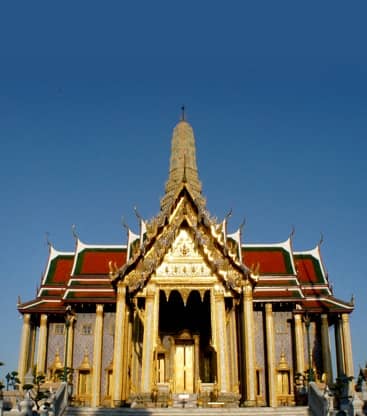
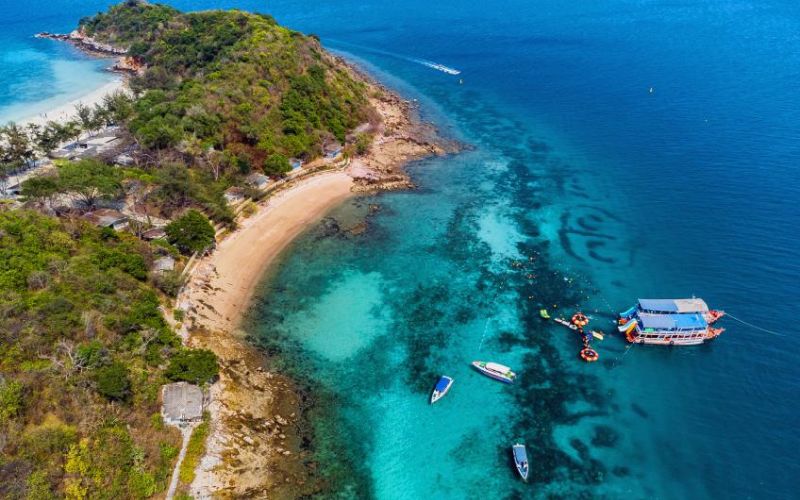
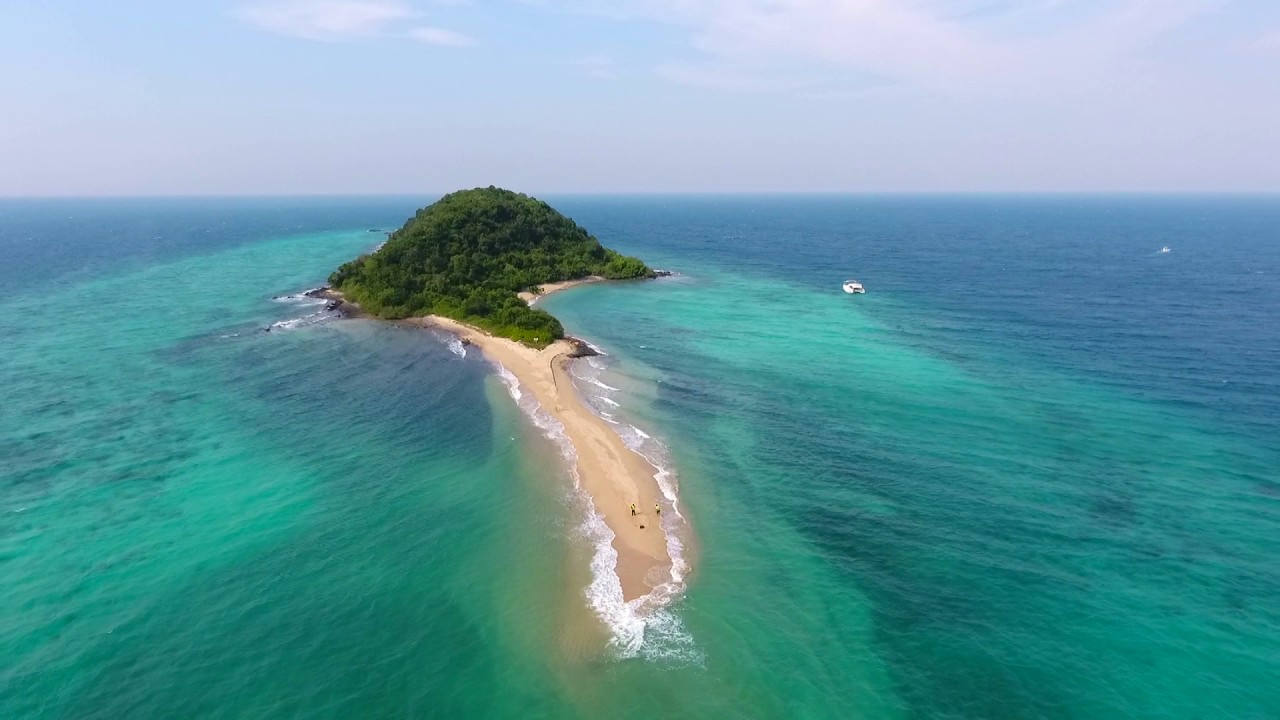
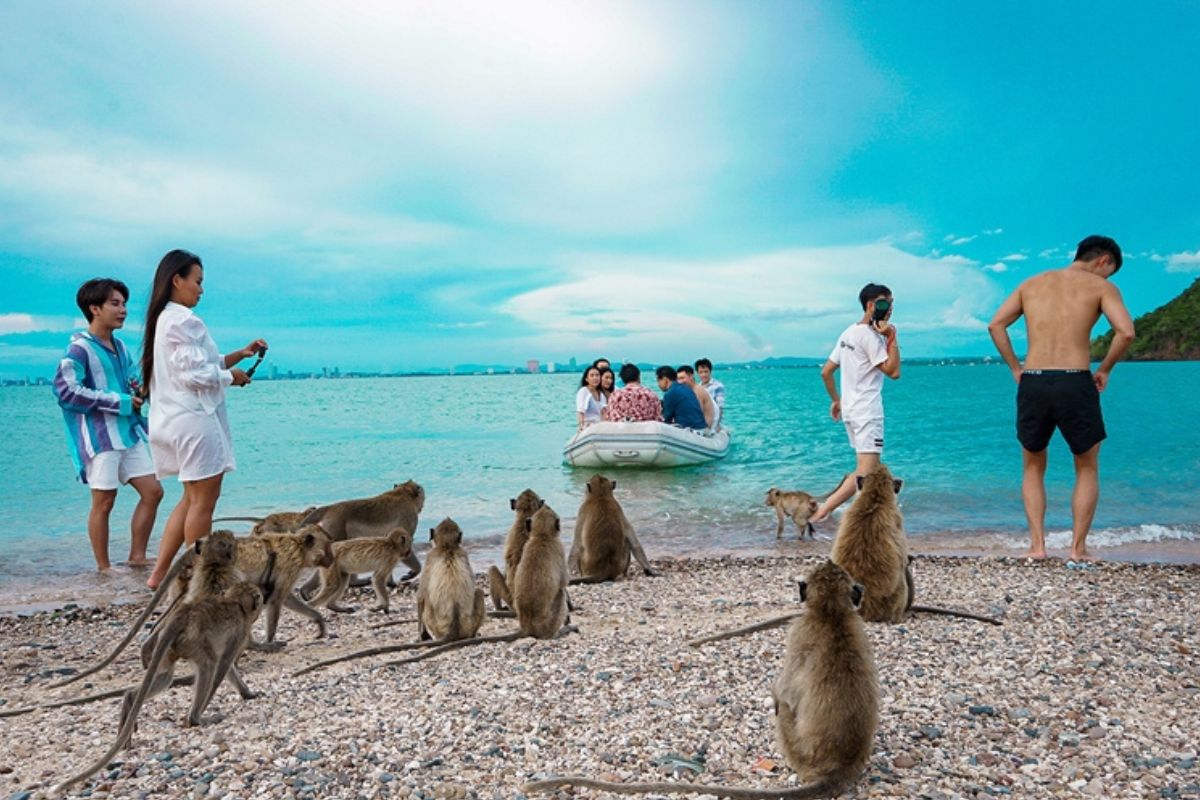
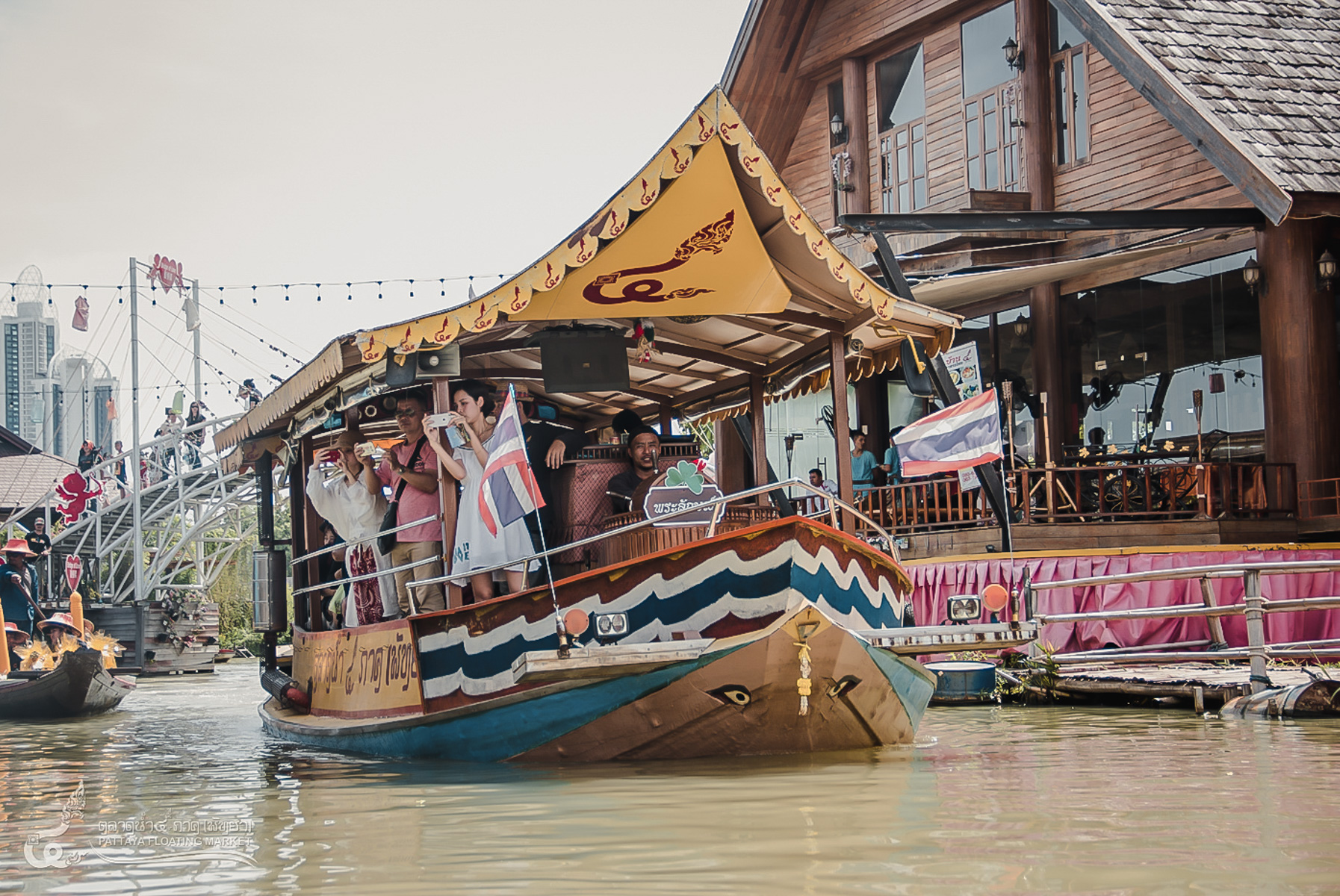
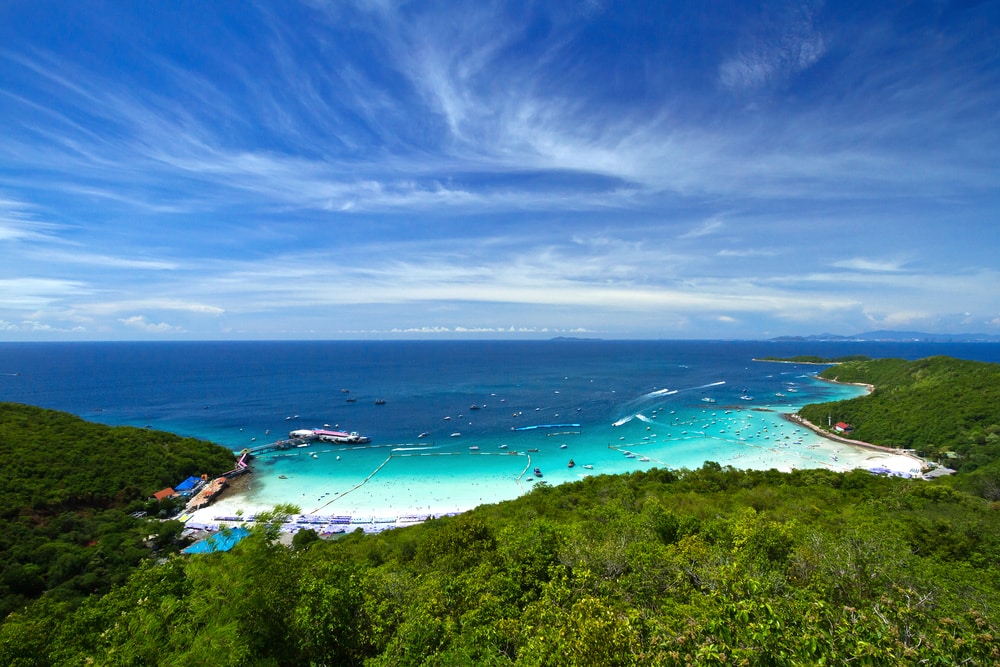
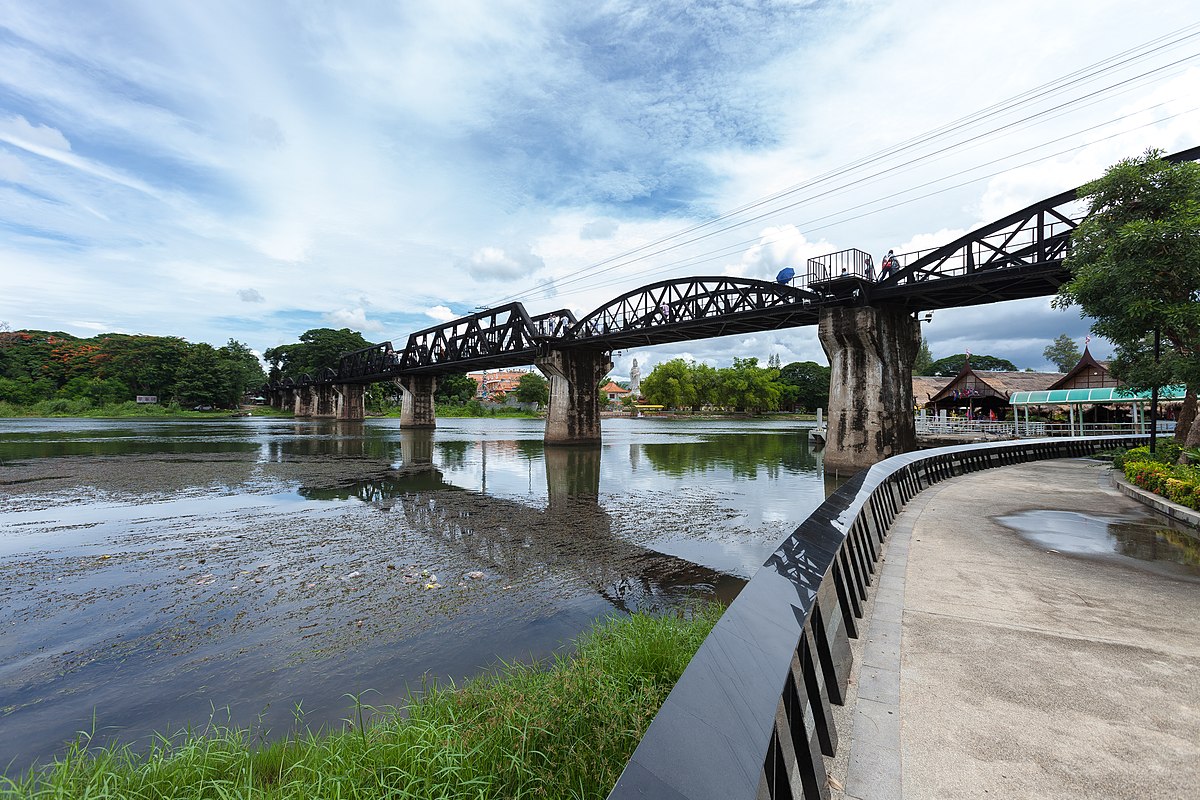
21 Comments. Leave new
Having read this I thought it was very informative. I appreciate you taking the time and effort to put this article together. I once again find myself spending way to much time both reading and commenting. But so what, it was still worth it!
https://www.zoritolerimol.com
Just about all of whatever you articulate happens to be astonishingly accurate and it makes me ponder the reason why I hadn’t looked at this with this light previously. This article really did turn the light on for me as far as this particular topic goes. Nevertheless there is actually just one point I am not really too comfy with so whilst I attempt to reconcile that with the actual main idea of the position, allow me see what all the rest of your visitors have to point out.Very well done.
http://www.vorbelutrioperbir.com
Hey there just wanted to give you a quick heads up. The text in your article seem to be running off the screen in Firefox. I’m not sure if this is a format issue or something to do with browser compatibility but I thought I’d post to let you know. The layout look great though! Hope you get the issue solved soon. Cheers
http://www.tlovertonet.com/
Wonderful items from you, man. I have take into account your stuff previous to and you’re simply extremely great. I actually like what you’ve received here, really like what you are stating and the way through which you assert it. You’re making it enjoyable and you still take care of to stay it wise. I can’t wait to learn much more from you. That is actually a terrific web site.
https://www.zoritolerimol.com
What i do not realize is in fact how you’re no longer really much more neatly-preferred than you may be now. You are so intelligent. You understand thus significantly with regards to this topic, made me personally believe it from numerous various angles. Its like men and women are not interested unless it is something to do with Girl gaga! Your own stuffs nice. Always take care of it up!
https://www.zoritolerimol.com
Your place is valueble for me. Thanks!…
https://www.gorillasafariscompany.com/
Este site é realmente fabuloso. Sempre que consigo acessar eu encontro coisas boas Você também pode acessar o nosso site e descobrir detalhes! informaçõesexclusivas. Venha descobrir mais agora! 🙂
https://www.nbabox.me/watch-nba-2024-online
We are a group of volunteers and starting a new scheme in our community. Your site offered us with valuable info to work on. You’ve done a formidable job and our whole community will be thankful to you.
https://www.smortergiremal.com/
1s9si3
Hello there! I could have sworn I’ve been to this website before but after browsing through some of the post I realized it’s new to me. Nonetheless, I’m definitely delighted I found it and I’ll be book-marking and checking back often!
https://www.ebstart.co/
Super-Duper site! I am loving it!! Will come back again. I am bookmarking your feeds also
https://michelberetti.net/
This is really interesting, You’re a very skilled blogger. I’ve joined your feed and look forward to seeking more of your fantastic post. Also, I have shared your web site in my social networks!
https://www.zoritolerimol.com
hello there and thank you for your info – I have certainly picked up something new from right here. I did however expertise several technical points using this website, as I experienced to reload the site many times previous to I could get it to load correctly. I had been wondering if your web host is OK? Not that I’m complaining, but sluggish loading instances times will sometimes affect your placement in google and can damage your quality score if advertising and marketing with Adwords. Anyway I am adding this RSS to my email and could look out for a lot more of your respective fascinating content. Make sure you update this again very soon..
https://www.frostedbrands.com/
Hi mmy friend! I wish to say that this post is awesome, nice written and include almost all significant
infos. I would like to look extra posts like this . https://Glassi-freespins.blogspot.com/2025/08/how-to-claim-glassi-casino-free-spins.html
Fantastic items from you, man. I have consider your stuff prior to and you’re just too wonderful. I really like what you have obtained right here, really like what you are saying and the way in which you say it. You’re making it entertaining and you still take care of to stay it sensible. I can’t wait to read much more from you. That is really a great web site.
https://www.smortergiremal.com/
My programmer is trying to convince me to move to .net from PHP. I have always disliked the idea because of the costs. But he’s tryiong none the less. I’ve been using Movable-type on various websites for about a year and am anxious about switching to another platform. I have heard fantastic things about blogengine.net. Is there a way I can transfer all my wordpress posts into it? Any kind of help would be greatly appreciated!
https://www.zoritolerimol.com
Hi there very cool website!! Man .. Beautiful .. Wonderful .. I’ll bookmark your blog and take the feeds additionally…I’m glad to find so many useful info here within the publish, we need develop more techniques on this regard, thank you for sharing.
https://www.gorillasafariscompany.com/
I enjoy the efforts you have put in this, appreciate it for all the great content.
http://www.vorbelutrioperbir.com
This is a topic close to my heart cheers, where are your contact details though?
https://youtu.be/tqvAqLdNm1o
What’s Going down i’m new to this, I stumbled upon this I have discovered It absolutely useful and it has aided me out loads. I’m hoping to contribute & help different customers like its aided me. Great job.
https://nittygrittyshow.com/2020/06/01/look-good-feel-good-do-good-with-courtney-and-john-brown-from-cents-of-style-ep-55/
Hello! I’m at work surfing around your blog from my new iphone! Just wanted to say I love reading through your blog and look forward to all your posts! Keep up the outstanding work!
https://www.askthewealthsquad.com/blog/